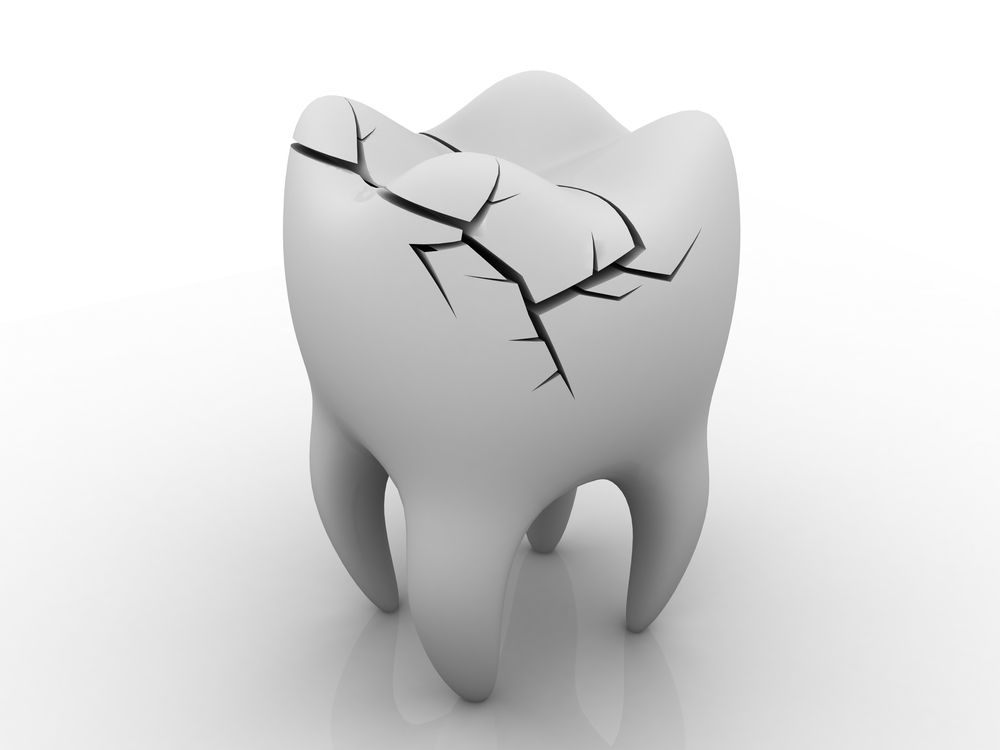Dental Crowns for Fractured Teeth
 A fractured tooth can cause an acute toothache as well as root canal infection. In the worst case, fractures can lead to tooth loss. A dental crown caps the entire tooth, providing strength, comfort, and restored function. When made of materials like porcelain or zirconia, a crown looks totally natural.
A fractured tooth can cause an acute toothache as well as root canal infection. In the worst case, fractures can lead to tooth loss. A dental crown caps the entire tooth, providing strength, comfort, and restored function. When made of materials like porcelain or zirconia, a crown looks totally natural.
Dr. Bruce Wilderman treats fractured teeth in Philadelphia, Bucks County, and Doylestown, PA. He offers dental crowns in a variety of materials and can advise you on which type of crown is best for restoring your damaged tooth.
What Is a Dental Crown?
Dental crowns reinforce all sides and the biting surface of a tooth. A crown is cemented over a compromised tooth to treat chips, cracks, and cavities, as well as teeth that have undergone root canal therapy.
Various materials are used to fabricate crowns, including dental ceramics, zirconia, and durable metals. Porcelain and tooth-colored materials are excellent for capping the front teeth. These materials are lightweight, natural-looking, and durable. Molars and premolars usually require a stronger material such as zirconia or metal in order to withstand chewing forces.
Signs and Symptoms of a Fractured Tooth
Symptoms of a fractured tooth include:
- Pain when biting or chewing foods
- Pain with hot/cold temperatures
- Swelling in gum tissue around the tooth
- Tooth sensitivity
To determine whether your fractured tooth needs a crown, first the dentist must diagnose the fracture. Dental x-rays provide detailed information that allows for accurate diagnosis.
Types of Tooth Fractures
Chips, cracks, and fractures come in different forms. Tooth fractures may be categorized as follows:
- Craze lines are web-like surface cracks that usually cause sensitivity to temperatures and pressure, but not acute pain.
- Fractured cusp refers to part of the chewing surface of a tooth breaking off. This damage isn’t usually painful, and it occurs most often around a filling.
- Vertical fractures/cracks are located on the crown of a tooth to the gum line, but not in the root. These breaks can be quite painful when chewing or biting, or with extreme temperature changes.
- A split tooth is a tooth vertically split into two parts. Generally, a split tooth cannot be corrected with a crown. Instead, root canal therapy or extraction is required.
- Vertical root fractures extend into a tooth’s root, but do not cause a complete split. These may develop after root canal therapy. Extraction is the most common treatment for a vertical root fracture.
Treatment for Fractured Teeth
Once a fracture is diagnosed and it is too substantial to be treated with a filling, inlay, or onlay, a tooth must be prepped for a crown. A dentist prepares a tooth by reducing the enamel to make space for a restorative crown. We attempt to maintain as much healthy natural tooth structure as possible.
Next, impressions are taken so a custom crown can be created. A temporary crown is placed while a dental lab creates a custom crown. In a final appointment, the temporary is replaced with the permanent, lab-made crown.
Book an Appointment
If you have a toothache or believe that your tooth could be fractured, call (215) 340-1199 or message us online. Dr. Wilderman will relieve your pain and restore your smile as fast as possible.


